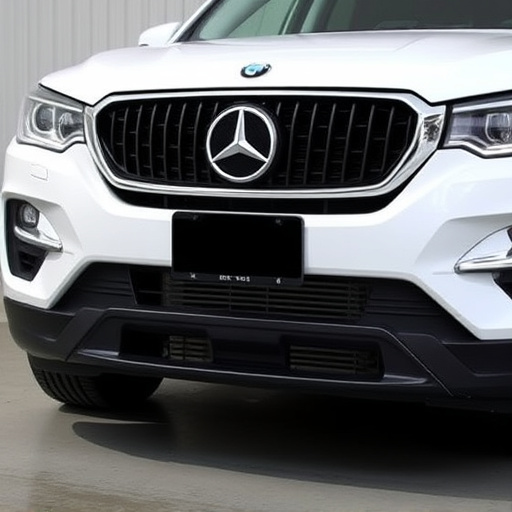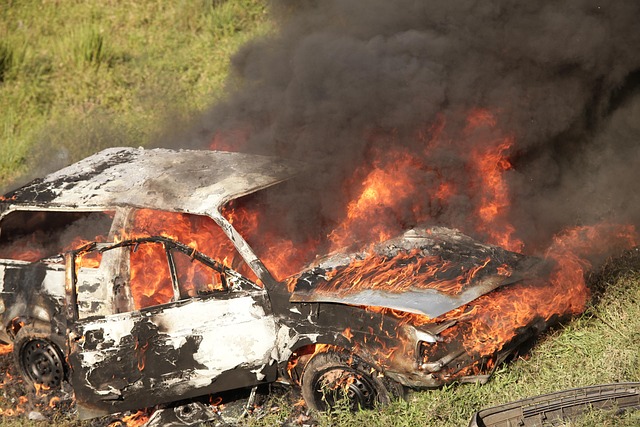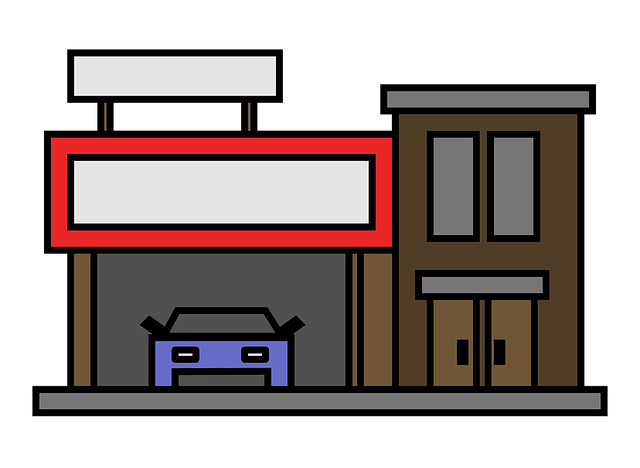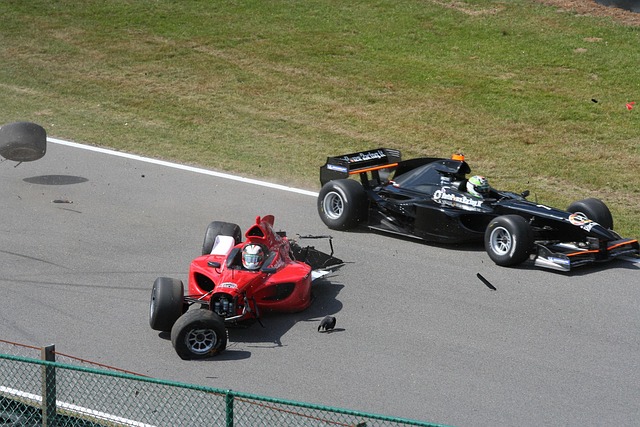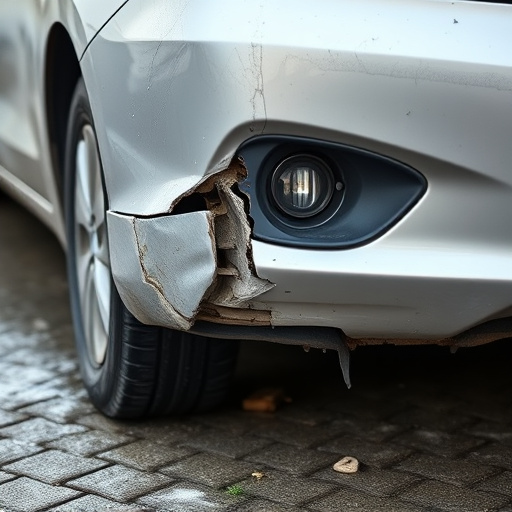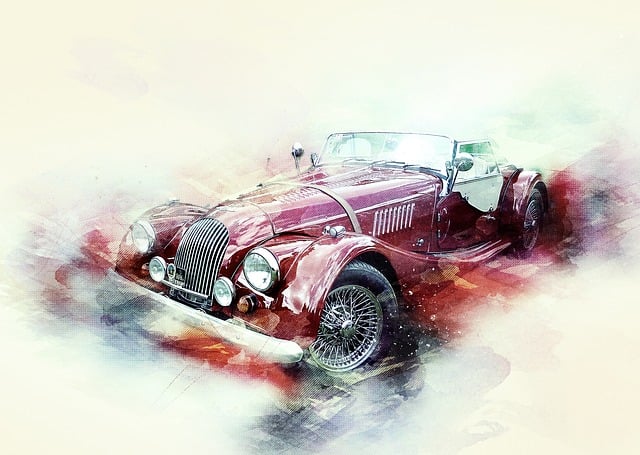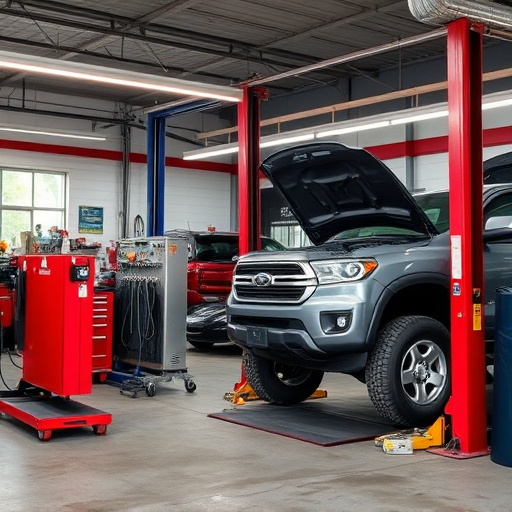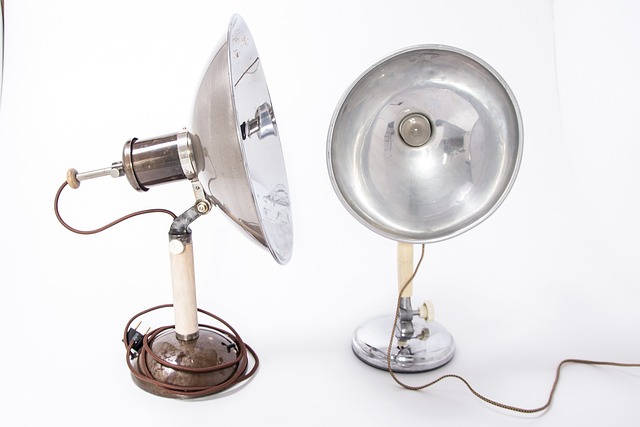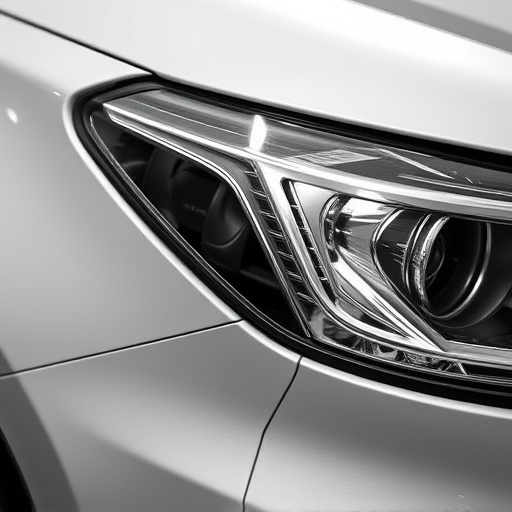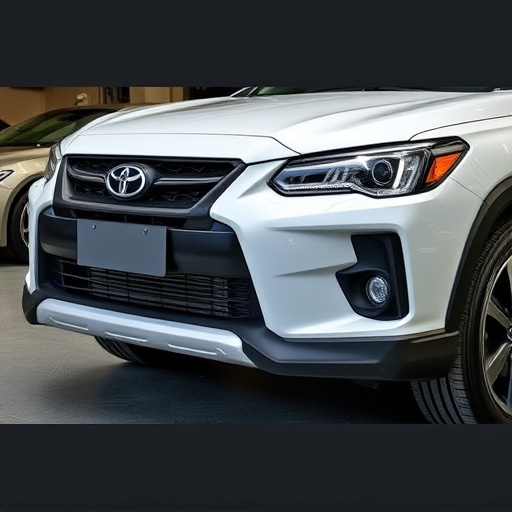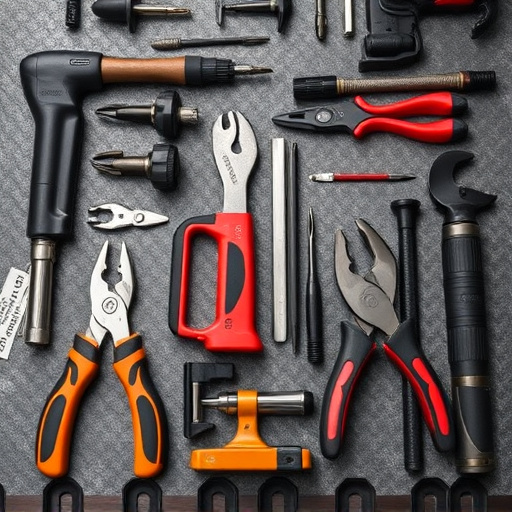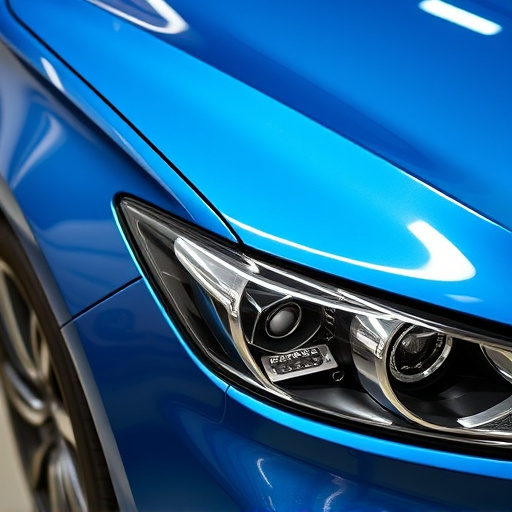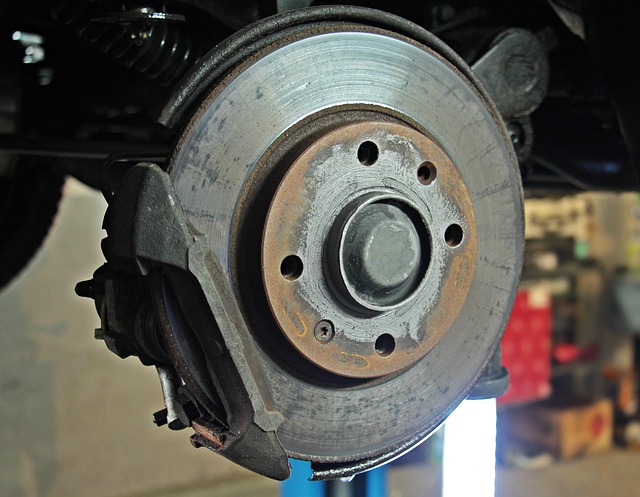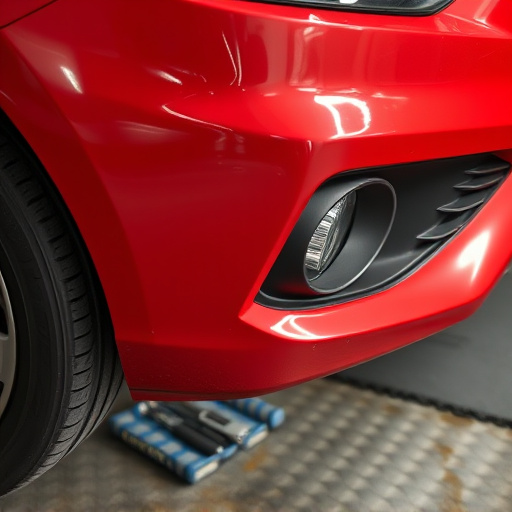Metal reshaping is a specialized PDR (Paintless Dent Repair) technique that restores damaged metal panels without painting, preserving the vehicle's original finish and structural integrity. Ideal for minor dents, dings, and creases, it offers a quick, cost-effective solution compared to traditional repair methods, ensuring vehicles look new with minimal downtime. This method is commonly used for bumper repair, automotive collision repair, and other vehicle dent repairs, providing a seamless finish that matches the car's original manufacturing quality.
“Uncover the fundamentals of Metal Reshaping in Paintless Dent Repair (PDR) to transform damaged vehicle exteriors. This powerful technique, a game-changer in the automotive repair industry, offers precise restoration without paintwork. In this article, we’ll guide you through the process, from understanding metal reshaping’s role in PDR to exploring its benefits and limitations. Learn about best practices, essential tools, and tips to master this art, ensuring superior results while ensuring safety and longevity for your vehicle.”
- The Process of Metal Reshaping in PDR Repairs
- – What is metal reshaping?
- – When is it used in PDR (Paintless Dent Repair)?
The Process of Metal Reshaping in PDR Repairs
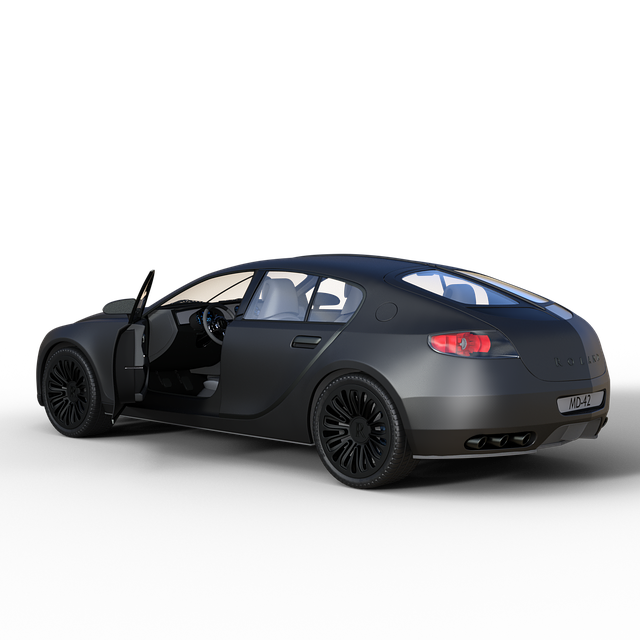
Metal reshaping is a critical component of PDR (Paintless Dent Repair) techniques used to restore vehicles to their original condition. This process involves manipulating and realigning metal panels without breaking or damaging the surface, which is particularly important for maintaining the vehicle’s aesthetic value. Skilled technicians use specialized tools like air guns and mallets to gently work the dented area back into its original shape. By applying precision pressure, they can lift and reshape the metal, effectively removing dents and scratches from the body panel.
In a Mercedes-Benz repair, for instance, where vehicles are renowned for their sleek design and meticulous craftsmanship, PDR techniques including metal reshaping play a pivotal role in preserving the vehicle’s integrity and appearance. This non-invasive approach not only saves time and costs but also ensures that the vehicle’s original paint job is preserved, enhancing the overall restoration process and making it a preferred method for minor dents and scratches in vehicle paint repair.
– What is metal reshaping?

Metal reshaping, a core technique within PDR (Paintless Dent Repair) repairs, is the process of restoring contorted or damaged metal back to its original form without the need for traditional auto painting methods. This specialized technique involves carefully manipulating and realigning the affected panel using specialized tools and expertise. By avoiding the use of harsh chemicals or extensive welding, metal reshaping preserves the original factory finish and structural integrity of the vehicle, making it a popular choice in modern auto collision centers.
It’s particularly effective for addressing minor dents, dings, and creases on car bodies, including bumper repair needs. Unlike more invasive methods, metal reshaping is a relatively quick and cost-efficient solution that keeps the process streamlined, leaving vehicles looking like new without extensive downtime or additional charges associated with auto painting services.
– When is it used in PDR (Paintless Dent Repair)?

Metal reshaping is a specialized technique within PDR (Paintless Dent Repair) that’s employed to address more severe dents and damage. Unlike minor dings and scratches, which can be rectified with standard PDR methods, metal reshaping is designed for deeper, more complex dents that may have affected the vehicle’s structural integrity or left unsightly dimples and indentations.
This process involves using specialized tools and techniques to gently push and pull the damaged panel back into its original shape without compromising the paintwork. It’s particularly useful in cases of bumper repair, automotive collision repair, and vehicle dent repair where precision and accuracy are paramount to ensure a seamless finish that matches the vehicle’s original manufacturing quality.
In conclusion, mastering metal reshaping techniques is an invaluable skill for professionals in the Paintless Dent Repair (PDR) industry. This method allows for precise restoration of vehicle panels without the need for traditional painting or filling. By understanding when to apply metal reshaping during PDR repairs, technicians can achieve exceptional results, ensuring vehicles return to their pre-damage condition with minimal disruption to the original factory finish.
